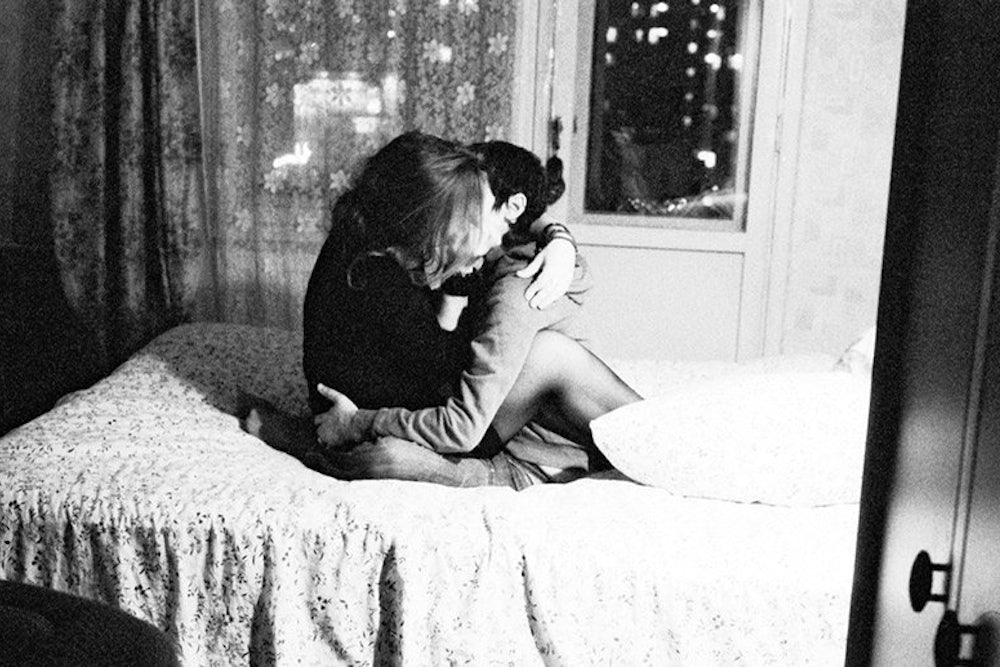Natasha and Lyudmila aren’t different than any two other women in love; they fight, they break up, they make up. They struggle. “This is our struggle as people in love, or people who remember love, or people waiting for love’s return,” reads the introduction to documentary photographer Misha Friedman’s latest book, Lyudmila and Natasha: Russian Lives. “That is why we recognize ourselves in Lyudmila and Natasha, two ordinary women in love, remembering love, waiting for each other’s return.” What’s different for Natasha and Lyudmila, however, is the legality of their love: They live in Russia, where a single federal paragraph marks their relationship as perversion.
Friedman has been documenting Natasha and Lyudmila’s life together for around four years, on and off. This past January, Friedman boarded a plane to St. Petersburg, Russia, with freshly bound copies of the book in his bag. They had never seen any of the images he made. Published by The New Press, Lyudmila and Natasha: Russian Lives is the first in a series from the press that trains a lens onto LGBT people and communities around the globe.
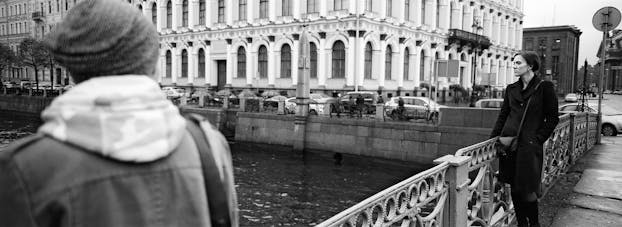
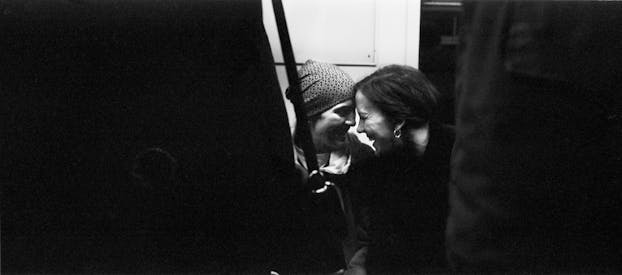
Friedman told me that the idea for the book came out of a collaboration with art director Jurek Wajdowicz, and that they saw it as a new interpretation of a famous 1950s MoMa exhibit, titled “The Family of Man.” “In that exhibition, it was shown that the arc of life is a heterosexual relationship,” Friedman said. “So we thought about a collection of stories from around the world that showed life differently.”
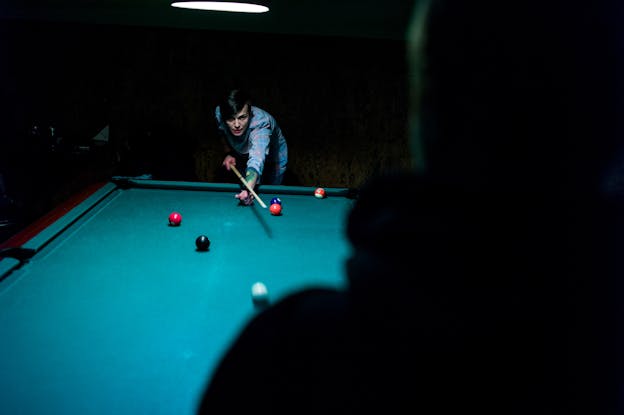
In June 2013, homophobia in Russia leapt from the streets into law when the Duma, the Russian parliament, banned what it calls “gay propaganda.” It is now illegal to distribute material on gay rights and to hold gay pride events. Same-sex relationships are not seen as equal to straight relationships. After Russian President Vladimir Putin signed the bill into law, there was an uptick in anti-gay violence. “Things are still pretty bad,” Friedman added.
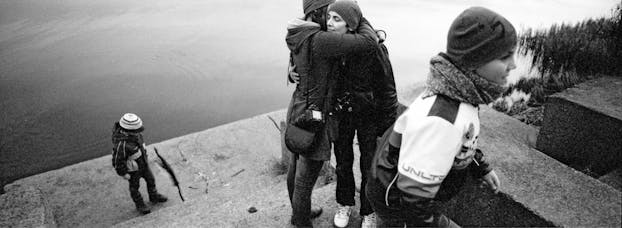

In this atmosphere of fear and suspicion, Friedman quietly takes us into the perfectly ordinary life of a gay couple: the sleepy scenes, the financial difficulties, the tender moments. It’s this normalcy that allows Russian Lives to transcend its ostensible subject, gender politics, or sexual minorities—Friedman has simply written a book about love.
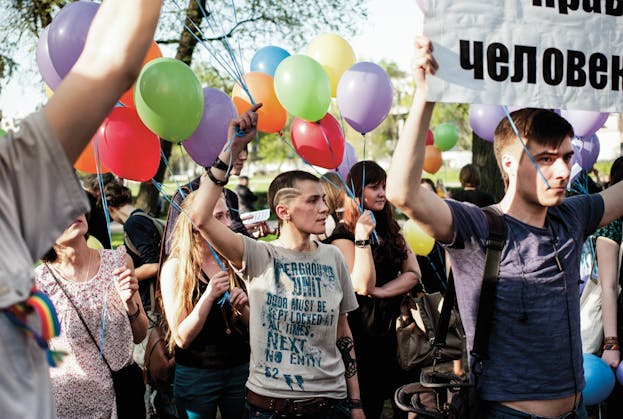
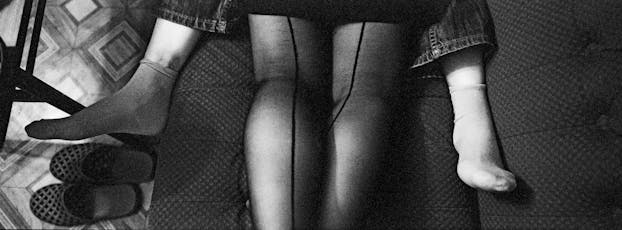
To capture the intimacy between Natasha and Lyudmila, however, was no easy task for Friedman. “It took at least a year and a half before they felt comfortable with me, but the key verb I like to use is ‘bored,’” he said. Once they were bored of his presence, he became invisible and able to take such affecting portraits.
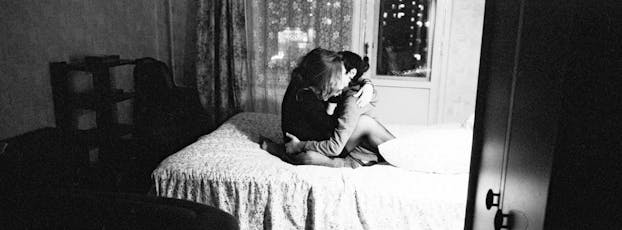
When LGBT issues and Russia are mentioned, gory news photographs often jump to mind. But in the book, only one scene shows Natasha holding balloons at a peaceful gay rights event. Friedman explained the decision behind not making activism a focus in the book. “The book is about their lives, and protests do not take up more than 5 percent of their lives,” he told me. “[In LGBT photography] we only see people either as overly sexualized, or victims, or activists, but their daily routines and their love lives and their lives are not like that at all,” Friedman continued. “It’s a struggle for survival, it’s paying bills, it’s banal, and that’s what I tried to show.”
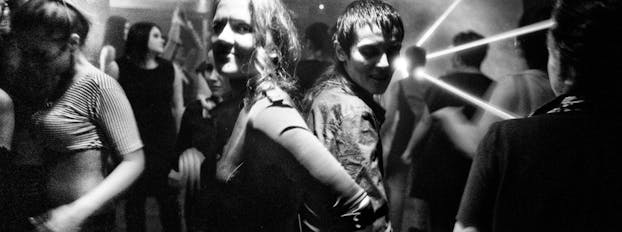
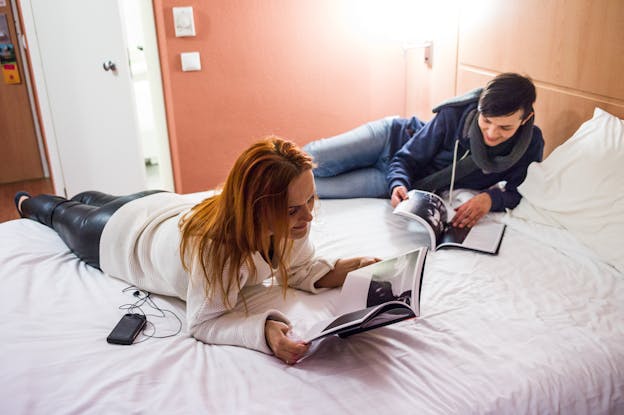
In Russian Lives, Friedman invites the viewer into the life of this couple in a modest and unpretentious way. It is a book that will resonate for some and will hopefully help pave the way to tolerance for others.
